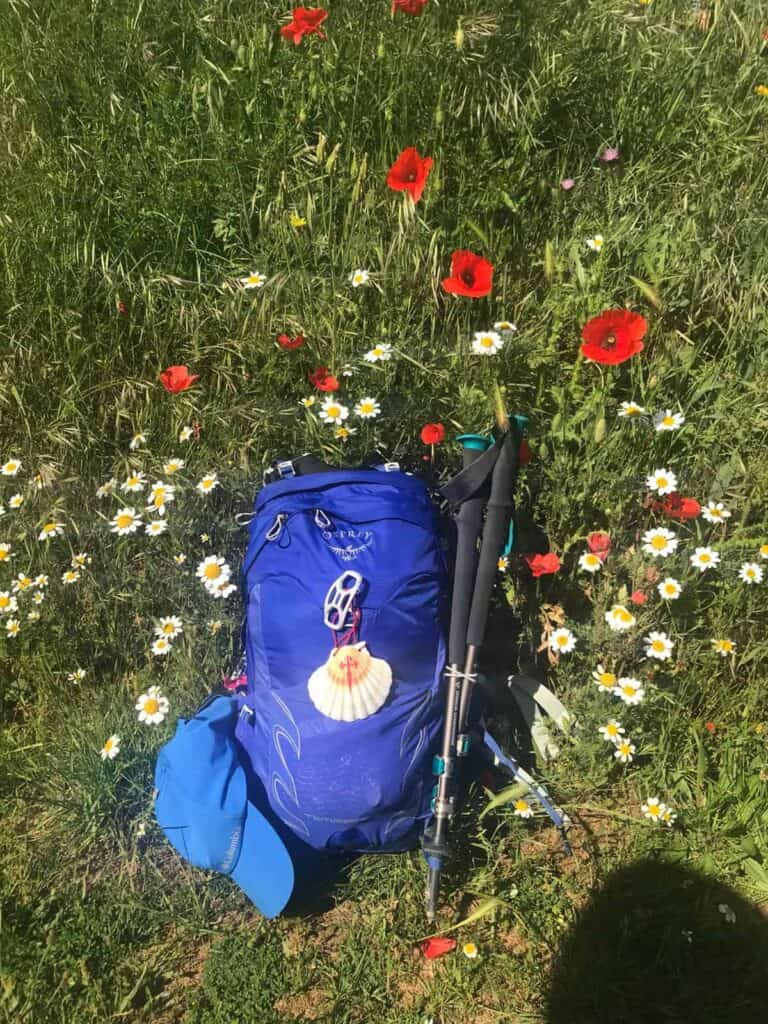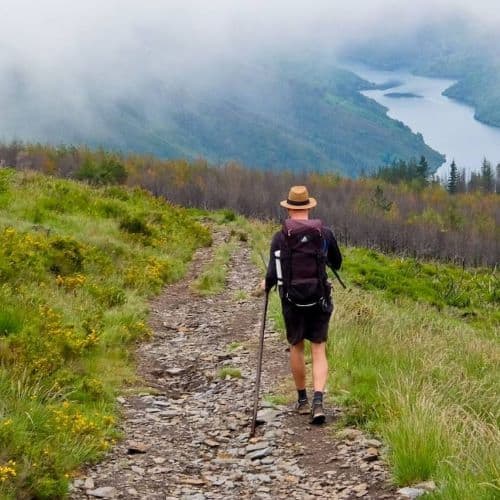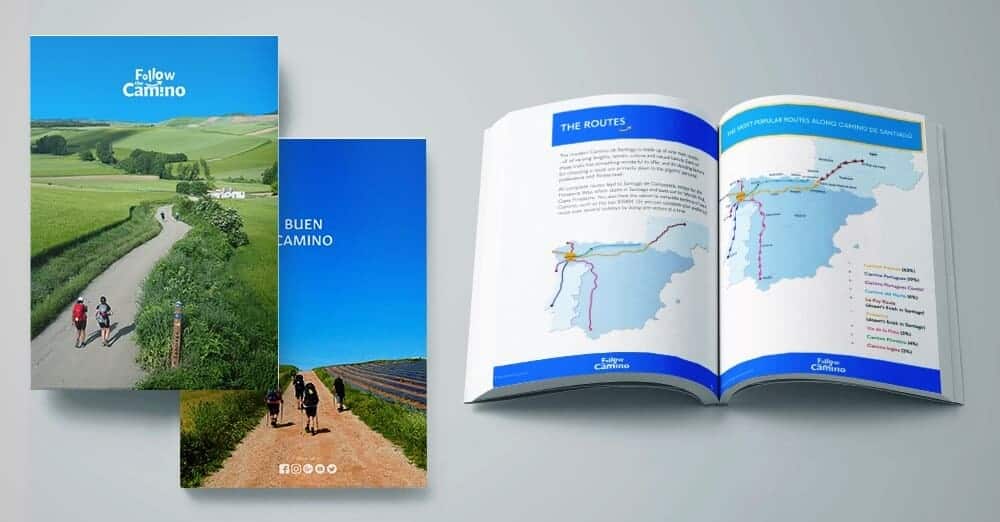Slow Travel or Slow Tourism is an approach to travel that emphasizes a deeper connection to the destination. It is similar to the Slow Food movement. The concept is to have more of a connection to cultures, local people, food, and music. The trip should educate the individual and create an emotional impact for the present and the future. However, it should still remain sustainable for local communities and the environment. On the Camino de Santiago routes, many deep connections are made.
Walking Holidays are More Connected
Slow travel connects us to where we are. This is one of the reasons we believe that slow travel is positively linked to sustainability. Whilst there is the major issue of flying to get to the destination. Something we are trying to address in greening our business. Staying in one place for longer, you get more from the experience. An opportunity to live like a local, become part of the local community and contribute to the local economy.

When walking or cycling, you are in a very calming environment. You get to see the streams, the forests, the fields, and the wildlife of many Spanish regions. Observing the farmers looking after their land, you can get an insight into their lives as you walk.
While you are walking or cycling, the focus is on the basics – sleep, eat, walk, repeat. This disconnection from our normal hyper-consumption-focused environment is really good for us and the planet. It allows us to reassess what actually matters.
The Camino is Eco-Friendly
Walking and cycling are also easy on the environment. Unlike a car or an airplane, people aren’t powered by fossil fuels. The fuel that we use to move us from A to B is delicious food. On the Camino, there is a wonderful amount of locally grown produce by small farmers. That means that your fuel has lower food miles. You will find plenty of vegetarian and vegan options on the Camino. So you can choose to lower your food footprint even further.

Walking among the community gives you a deeper understanding of how nature impacts people’s everyday lives. That understanding builds gratitude and caring, and that can empower us to help. Whether it is shortening your post-walk showers to save water, or choosing to eat at a smaller family-owned restaurant – there are benefits for the community when we feel compassion.
If you are worried about the carbon cost of having your bags transferred by road – set your mind at ease. Our bag-transfer partners always try to fill their vans as efficiently as they can so they make as few trips as possible each day. We also offset all of the carbon associated with baggage transfers each year. You can read more about that in our blog How we are working towards Greener Travel.
Well Established Locations
The Camino is a series of routes that have been carved out over hundreds of years. The impact on the landscape has been gentle and gradual. We are not damaging pristine beaches with overtourism or cutting down forests for resorts.

We are walking in harmony with the natural and built environments. The places that pilgrims visit have been able to slowly grow over time as the Camino became more popular. Slow growth, like slow travel, means that more care is taken.
The Camino routes are established and clear, so people can easily stick to the paths. This avoids damaging the plants and habitats around them. If a new section of the Camino needs to be developed or re-routed this work is done by local governments who can manage the environmental impact.
As few as 15 passages over a site can be enough to create a distinct trail, the existence of which then attracts further use.
“Soft paths: how to enjoy the wilderness without harming it“: Hampton, Bruce; Cole, David (1988)
Leave No Trace
Part of being responsible visitors to any place includes leaving it as good as it was when you arrived. This is outlined perfectly by the 7 “Leave no Trace” principles which we advocate for.
- Plan Ahead & Prepare
- Travel & Camp on Durable Surfaces
- Dispose of Waste Properly
- Leave What You Find
- Minimize Campfire Impacts
- Respect Wildlife
- Be Considerate of Other Visitors
The Camino Helps Us to Appreciate What We Have
Many pilgrims leave the Camino with a renewed sense of what is important in their lives. Some go home and sell most of their possessions, or start living a more minimalist lifestyle. Reducing the amount of stuff that you buy has a fantastic sustainable impact. It means that all of the resources and energy that would have been spent on the things you would have bought – isn’t.
That leaves resources for more urgent things and stops energy from being wasted. Disconnecting from our consumer lifestyles is great for us and for the Earth. Nobody finishes their lives wishing they had more things. They wish they had spent more time with the people they loved and doing things they loved.
If walking or cycling is the thing you love, have a look at our options for active holidays in Northern Spain, France, and Portugal. Our sister company One Foot Abroad provides holidays in other European locations.




 Flexible itineraries
Flexible itineraries  Luggage transfers
Luggage transfers  Private rooms & bathrooms
Private rooms & bathrooms



